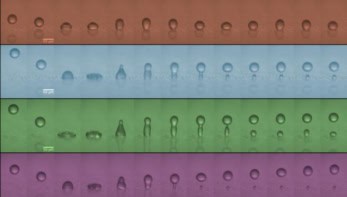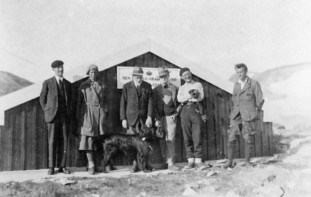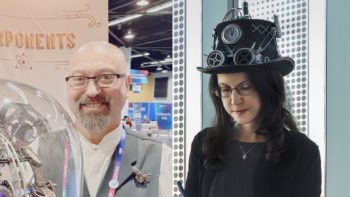By Michael Banks in Miami, Florida
So that was this summer’s American Astronomical Society (AAS) meeting. We had some nice talks about NASA’s Solar Dynamics Observatory (SDO), the CoRoT exoplanet hunter and the Herschel satellite as well as how to destroy asteroids and unexpected results from research into supermassive black holes.
I would say it was SDO that stirred the most interest, and talks about the mission were usually given to a packed auditorium. Indeed, SDO’s booth in the exhibition centre was always busy with people staring in awe at the new images of the Sun the satellite has recently produced.
One thing you always probably take away with you when attending talks on astronomy is the sheer scale of the universe. For example, in a talk on Herschel today (see previous entry) even when zooming into an average image taken by the satellite three or four times there are still more than 6000 galaxies in the picture possibly containing millions of stars and thousands of planets.
And that brings in another aspect of astronomy – handling the huge amounts of data that missions are now producing second by second. The Wide-field Infrared Survey Explorer (WISE), for example, is taking an image every few seconds transmitting terabytes of data every day. Astronomers think it will take at least 20 years before they have analysed all of WISE’s data.
Hopefully astronomers working on missions such as SDO, WISE and Herschel will be able to tell us even more about our Sun and the universe when the next AAS meeting is held in Seattle starting on 9 January. See you there!



